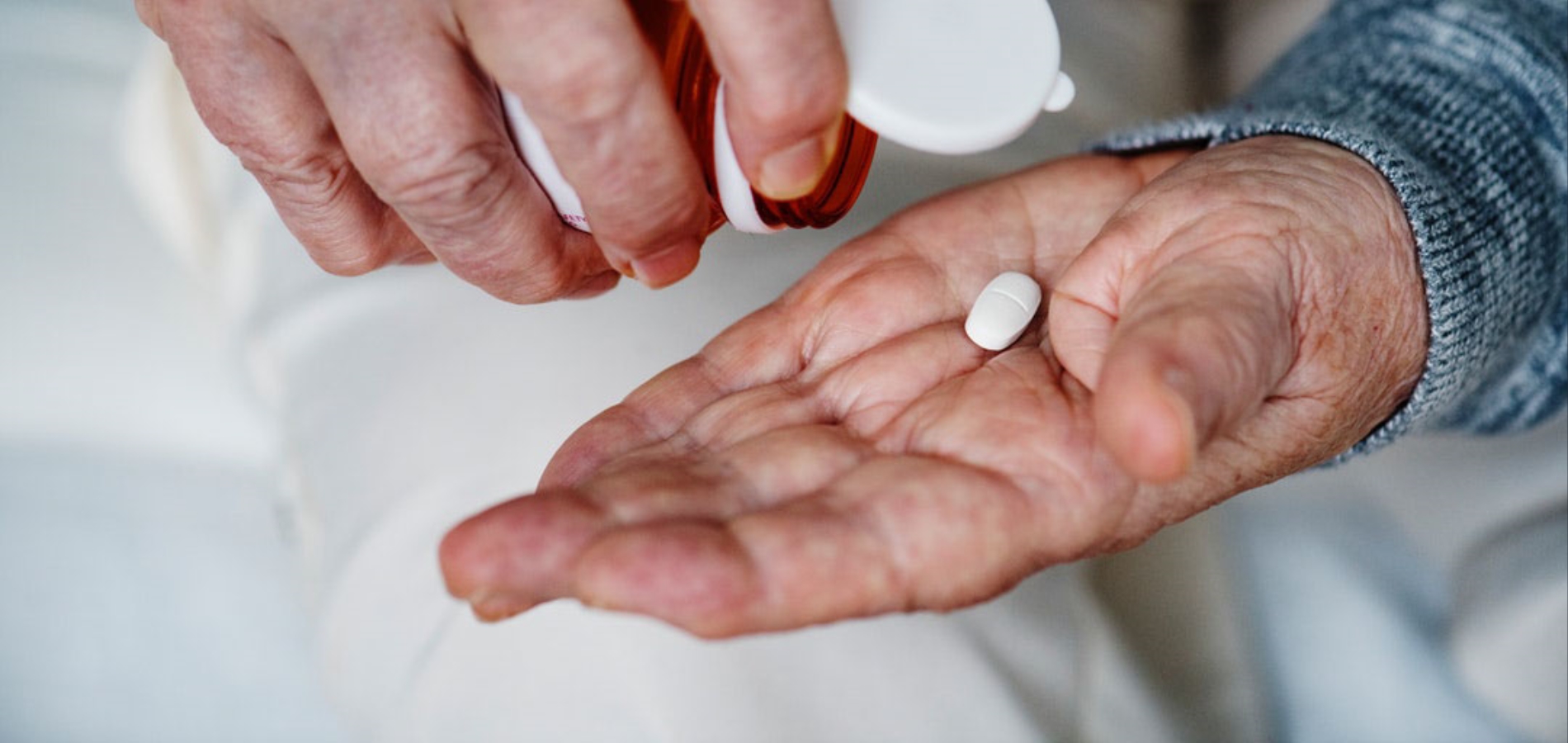Medication Assisted Treatment (MAT)
Medication assisted treatment is a controversial form of addiction recovery treatment. Naysayers will claim you are replacing one drug with another, while doctors and other medical professionals claim it is the safest and one of the most effective ways to help patients struggling with addiction. So, what exactly is medication assisted treatment? Medication assisted treatment, commonly referred to as MAT, is a mix of therapy and medication management for people who struggle to remain sober from opioids with traditional treatment models, like abstinence-based treatment. MAT uses drugs that block opiate receptors, so patients cannot get high or overdose on illegal and dangerous street drugs such as heroin or fentanyl. MAT uses different therapeutic techniques such as group and individual therapy, and helps patients focus on the root cause of addiction instead of the withdrawal or cravings they may be experiencing when using stops.
FDA Approved
The FDA approved three different MAT drugs; naloxone, suboxone and methadone. Vivitrol is an injectable drug that blocks opiate receptors for thirty days and is the newest form of MAT. Suboxone and methadone have been FDA approved since 2002, both are taken orally and daily to block opiate receptors. When these medications are used properly, they reinforce therapy and make it impossible to use opioids without getting sick. These are the only FDA approved ways to treat opioid-addicted patients. According to SAMHSA, the Substance Abuse and Mental Health Services Administration, in 2013 an estimated 1.8 million people reported having an opioid use disorder. MAT patients, under federal law, must also receive counseling making the treatment clinically effective as well. The goal of combining therapy and medication is to improve patient survival rates, a person cannot remain sober if they overdose. Another goal was to increase retention in treatment and decrease the illicit use of opiates and other criminal activities. Medication assisted treatment also plays a significant role in helping those addicted to gain and maintain employment.
Suboxone and methadone treatment come in different milligrams sometimes to be used more than once a day, which is dependent on how much a person used opioids and for how long. The average person uses suboxone for six months to a year. Suboxone and methadone withdrawal can last over a month, which is why it is important to be under a doctor’s care as they begin to wean off the medication, which is done one to two milligrams at a time.
In the first long-term follow-up of patients treated with buprenorphine and naloxone, two of the three FDA approved MAT for addiction to opioid pain relievers, half reported that they were abstinent from illicit drugs 18 months after starting the therapy. After 3.5 years, the portion who reported being abstinent had risen further, to 61 percent. Medication assisted treatment is a great way to treat patients who struggle with chronic relapse when faced with abstinence-based treatment. MAT is a way to help our patients heal by using medication to ease them off dangerous street drugs and utilize different therapies to help get to the bottom of what is causing their addiction.
Blueprint Recovery Center uses MAT alongside the most effective therapeutic models to treat substance use disorder in its entirety. Throughout your time at Blueprint patients will learn how to live life without drugs and alcohol and get to the root cause of addiction. Medication assisted treatment and therapy work together to give you the skills you need to build a lifelong recovery. If you have questions about recovery from substance use or how medication assisted treatment could help you, call our recovery specialists, available around the clock to answer your questions and help you decide on the best path for you.







